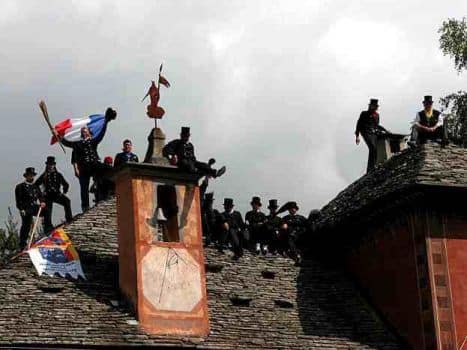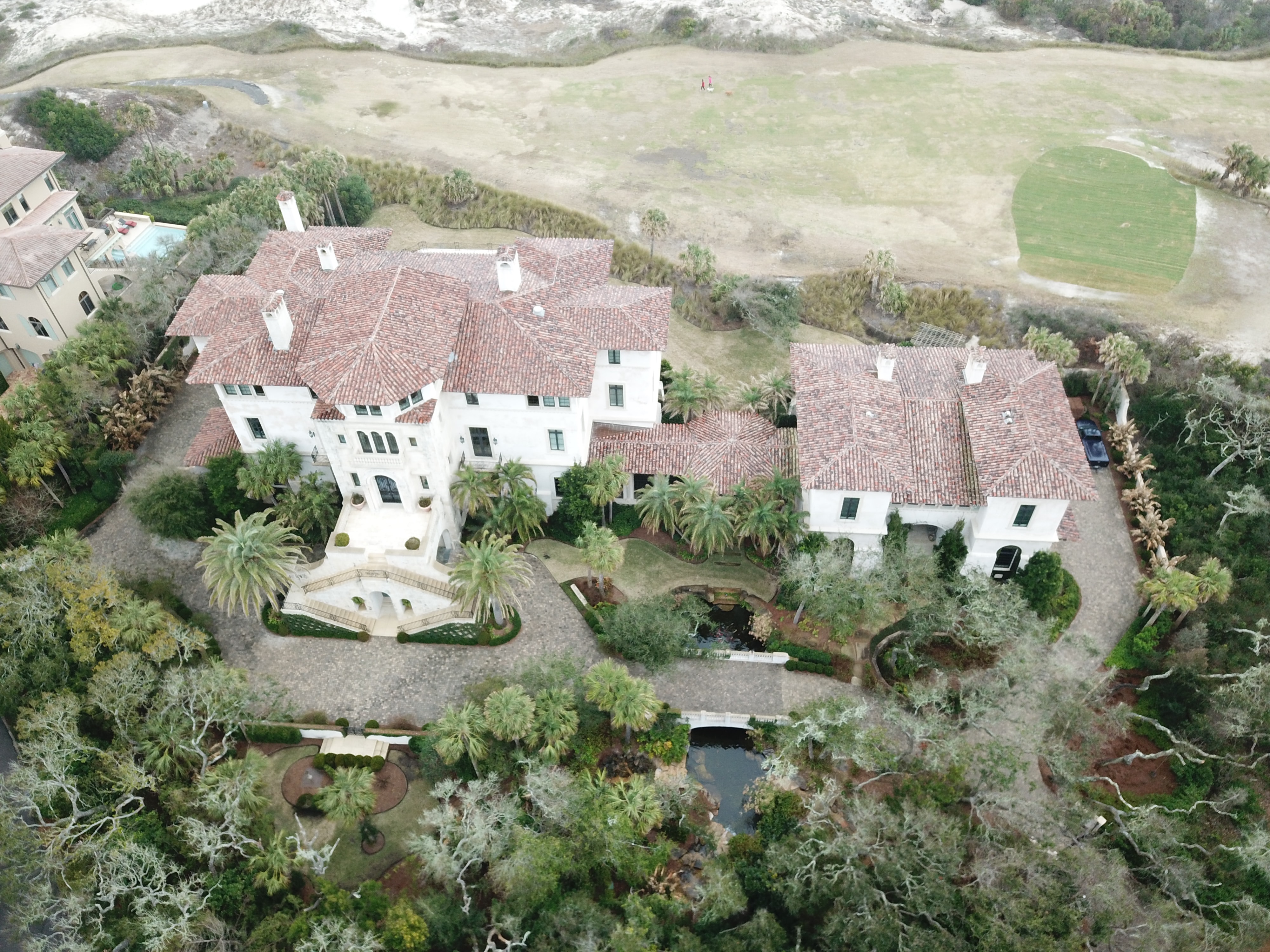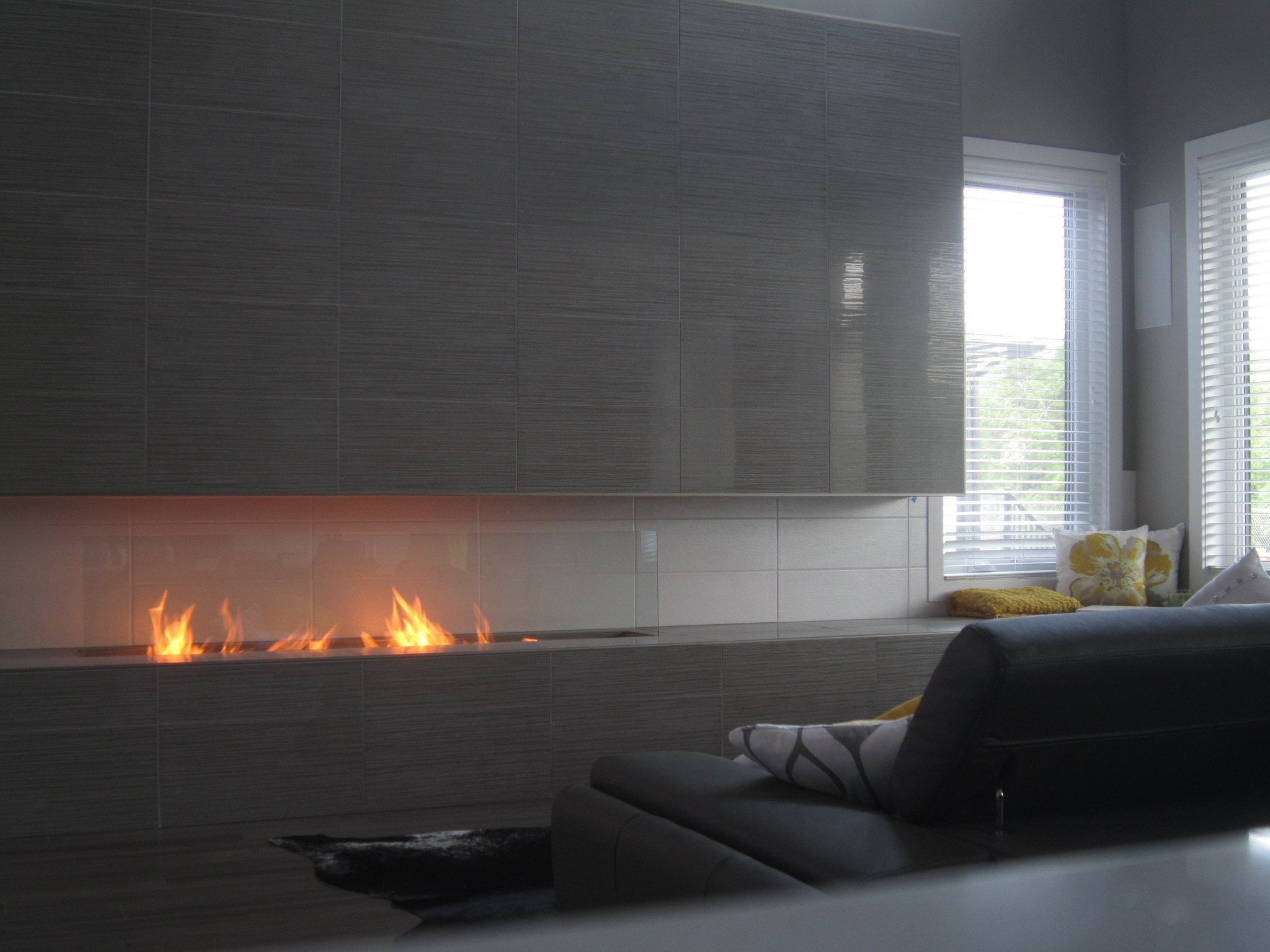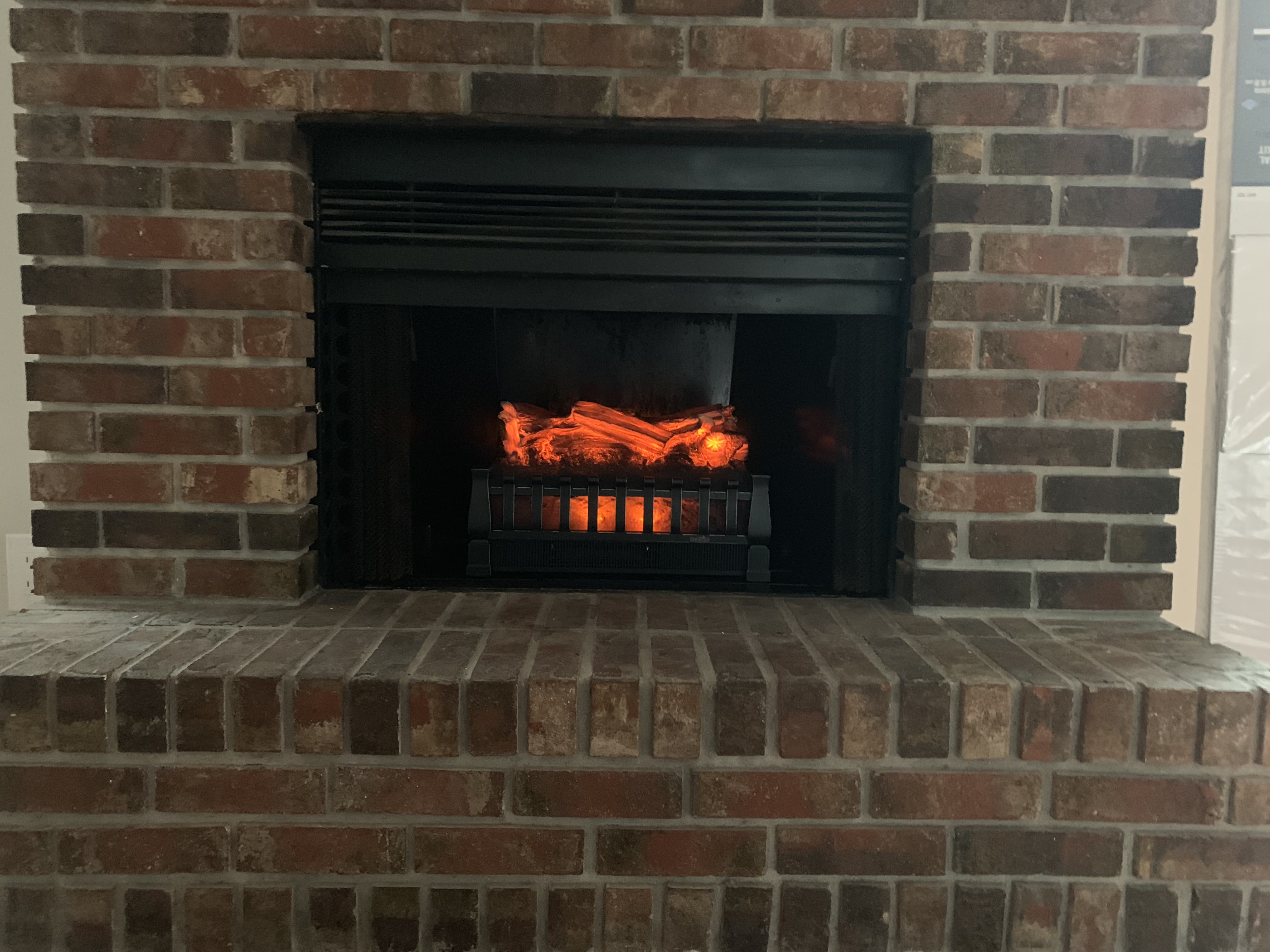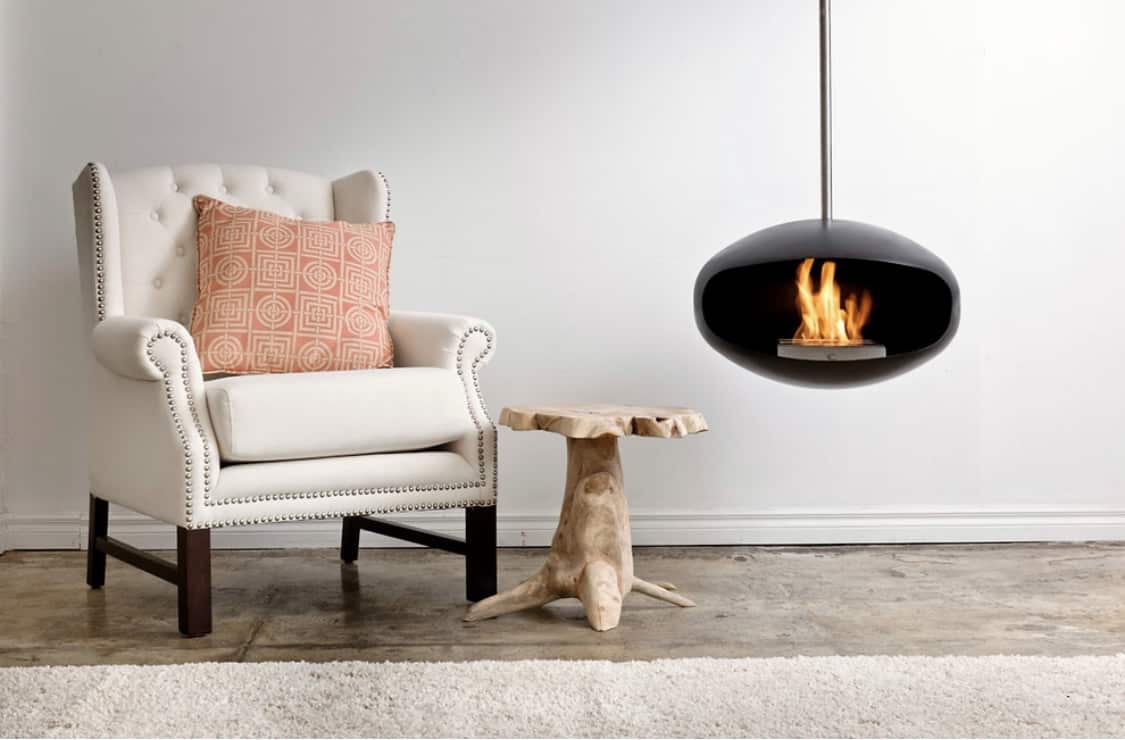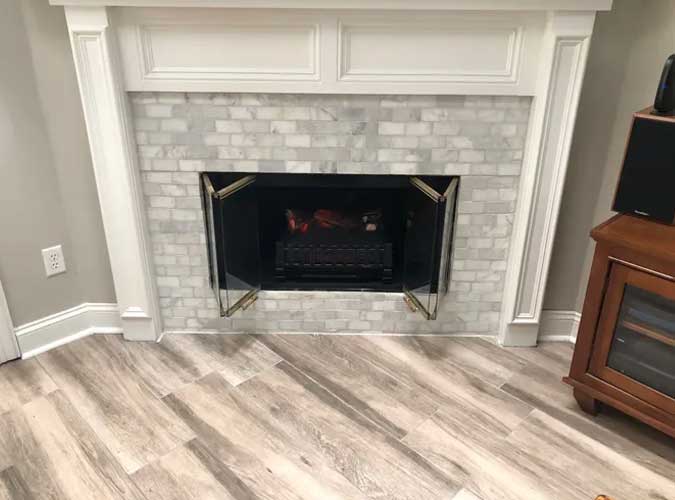International Meeting of the Chimney Sweeps – Val Vigezzo Italy 2019
If you just happen to be in Italy between August 30th and September 2nd, don’t miss the International Meeting of the Sweeps! Chimney sweeps from around the World meet in the Vigezzo Valley to celebrate the past history and future of our profession. Although chimney sweeps have been around for centuries, this will be the 38th meeting in the Valley of the Chimney Sweep. Expect to see over one thousand sweeps throughout the meeting, some performing reenactments with historic tools! If you do find your way to Italy this time of year, make sure to say hi to Mike the Chimney Guy 🙂


